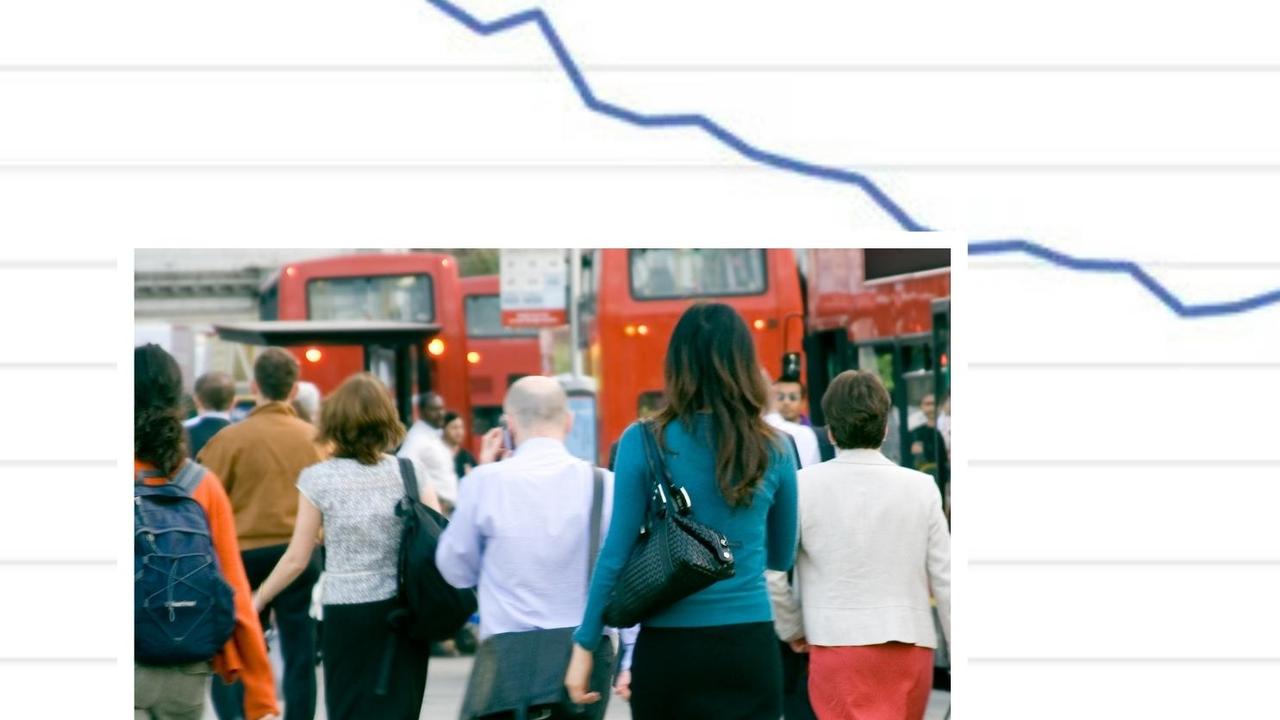Australian businesses have been urged to prepare for a tough year ahead, as a major industry report paints a dire picture of many Aussie companies going under.
CreditorWatch’s Business Risk Index for October found that Aussie business activity was at “disturbingly low levels”.
The average value of invoices had plunged to its lowest point since the analytics firm began recording this metric in January 2015. It represented a 35 per cent year-on-year drop, with spending from cash-strapped Aussies not predicted to rise any time soon.
Low spending has a flow-on effect for companies, and CreditorWatch estimated that the number of Aussie business collapses will increase to 5.78 per cent over the next 12 months, from the current 4.21 per cent.
Payment defaults, a “leading indicator of the likelihood of business failure”, are also trending upwards.
CreditorWatch chief economist Anneke Thompson said the estimated business failure rate was “broadly the level that the failure rate was just prior to Covid.”
“However, the speed at which we expect the rate to change is quite pronounced, and more businesses folding or going into administration is likely to have a noticeable impact on business sentiment overall throughout 2024,” she said.
Ms Thompson warned that smaller businesses were likely to go bust first.
“SMEs (small and medium-sized enterprises) are more susceptible to changes in demand than bigger businesses and, on the personal side, many owners will have rising home-loan repayments to service, which may involve them having to remove more money from their businesses and reduce orders from suppliers where possible as a result,” she said.
The businesses most at risk were in Western Sydney and South-East Queensland, which are “particularly sensitive to interest rate changes, given the relatively high levels of debt among both businesses and households, and lower than average incomes,” CreditorWatch said.
By sector, food and beverage businesses were deemed most at risk “by a considerable margin”. The transport, postal and warehousing sector was second, followed by the financial and insurance services sector.
Sydney Inner City was found to be the least improved CBD area compared to 12 months ago, as local councils struggle to revive night-life in the harbour city.
Melbourne City, meanwhile, was found to be the most improved CBD area over the past 12 months, having rebounded commendably with increased foot traffic during non-working hours.
CreditorWatch CEO Patrick Coghlan said the poor business outlook was consistent with higher interest rates, as consumers have less to spend.
“Consumer demand is one of the key drivers of the economy and that is coming to a grinding halt as cost-of-living pressures bite,” he said.
“Costs of rents, electricity and fuel are all still very high despite the RBA’s best attempts to drive down inflation. Mortgage holders are suffering from increased loan repayments as well.”
Aussie regions most at risk of business collapse
- Merrylands-Guildford, Sydney
- Canterbury, Sydney
- Bankstown, Sydney
- Ormeau-Oxenford, Gold Coast
- Auburn, Sydney
- Southport, Brisbane
- Surfers Paradise, Gold Coast
- Kogarah-Rockdale, Sydney
- Broadbeach-Burleigh, Gold Coast
- Casey – South, Melbourne
